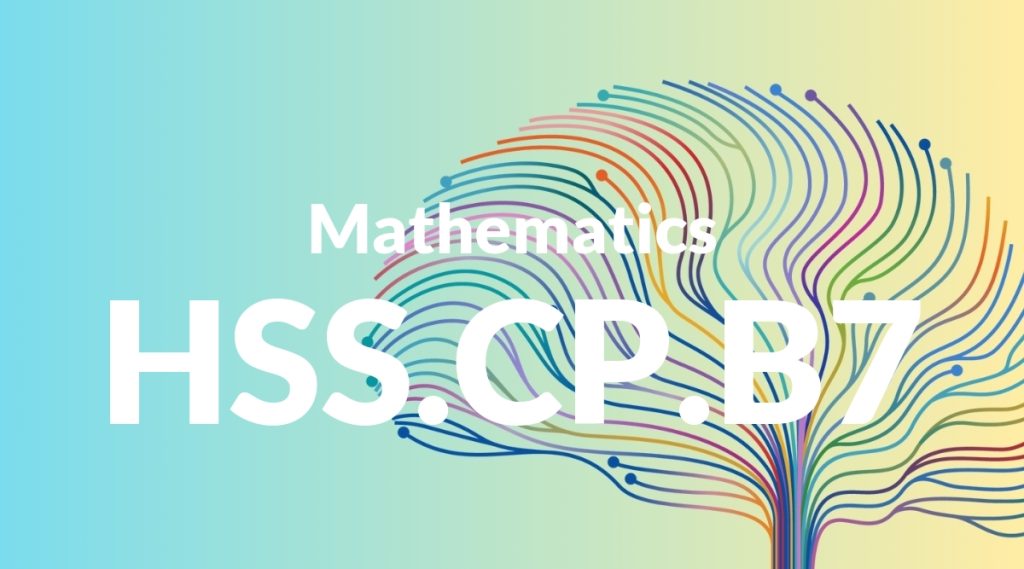Standard: HSS.CP.B7 – Apply the Addition Rule, P(A or B) = P(A) + P(B) – P(A and B), and interpret the answer in terms of the model.
Grade level: High School: Statistics & Probability
Subject: Mathematics
Domain: Conditional Probability & the Rules of Probability
Teacher Overview
This standard focuses on applying the Addition Rule in probability to determine the likelihood of either event A or event B occurring. It is crucial for students to understand how to interpret and calculate probabilities in situations where events are not mutually exclusive. Mastery of this standard sets the foundation for more advanced probability concepts. Students should be familiar with basic probability terms and concepts, such as events, outcomes, and the basic addition rule for mutually exclusive events.
After mastering this standard, students will be prepared to tackle more complex probability topics, such as conditional probability and Bayes’ Theorem, which require a solid understanding of the addition rule.
Common Misconception 1
A common misconception is that students may believe P(A or B) is simply P(A) + P(B). This is incorrect because it fails to account for the overlap of events A and B, leading to an overestimation of the probability.
Intervention 1
To address this misconception, use Venn diagrams to visually represent the events and their intersections. This helps students see why the overlap needs to be subtracted.
Common Misconception 2
Another common misconception is not recognizing the need to subtract P(A and B) for non-mutually exclusive events. Students may struggle to see why double-counting the intersection is problematic.
Intervention 2
Use real-world examples where events overlap, such as the probability of drawing a red card or a face card from a deck. Discuss how double-counting the intersection affects the overall probability.
Prerequisite Knowledge
Students should understand basic probability concepts, including the definitions of probability, events, and the addition rule for mutually exclusive events.
Subsequent Knowledge
Students will develop skills in more complex probability rules and concepts, such as conditional probability, Bayes’ Theorem, and probability distributions.
Instructional Activities
- Use Venn diagrams to illustrate the Addition Rule
- Conduct experiments with dice and cards to observe probabilities
- Solve real-world problems involving overlapping events
- Create probability models for different scenarios




